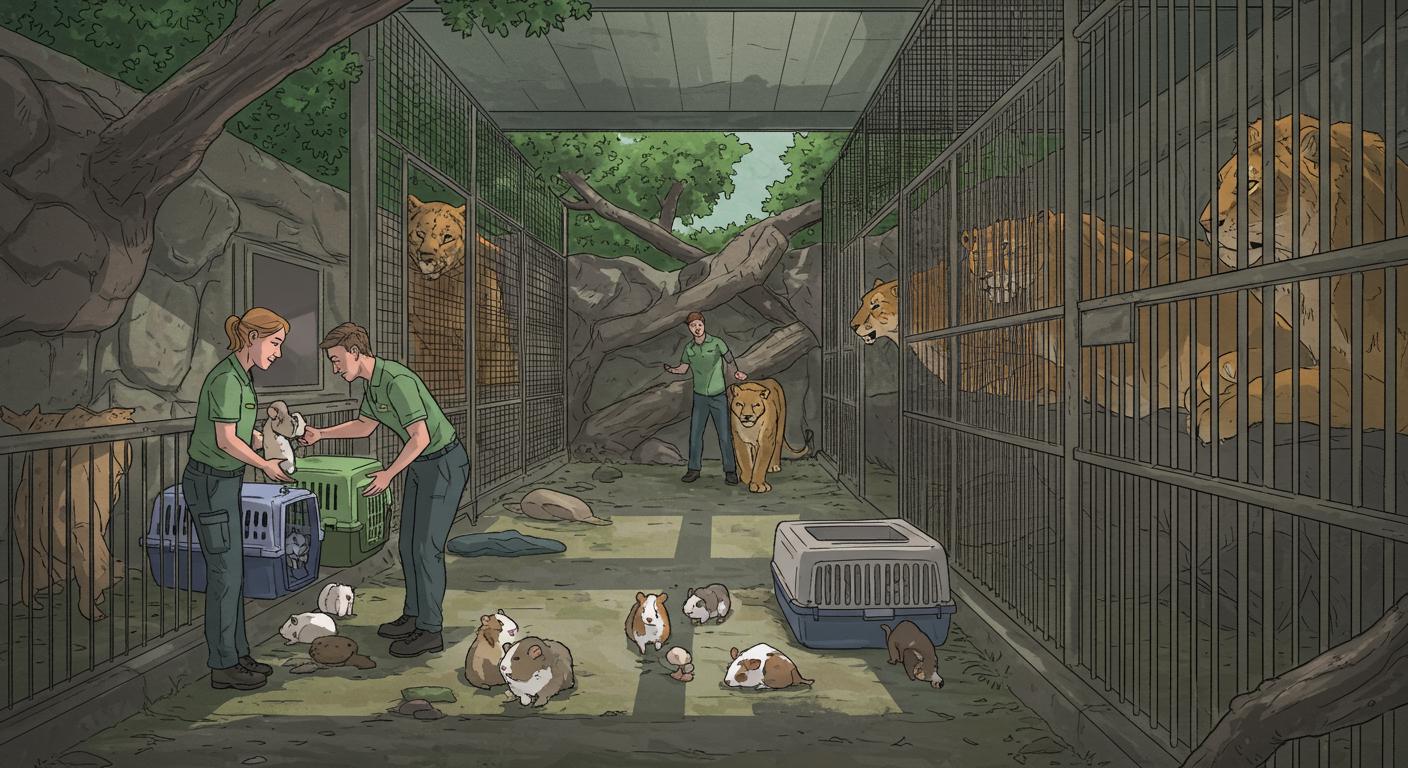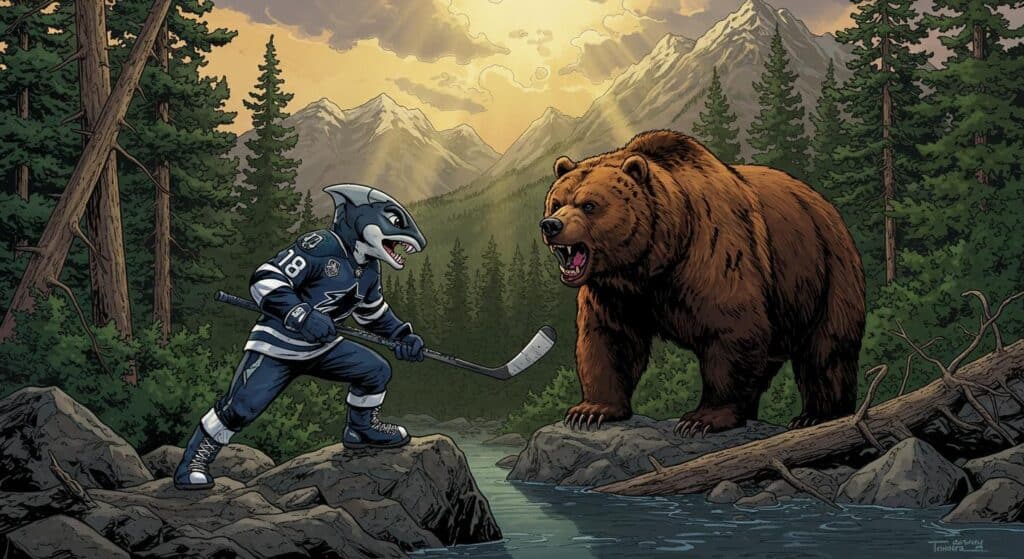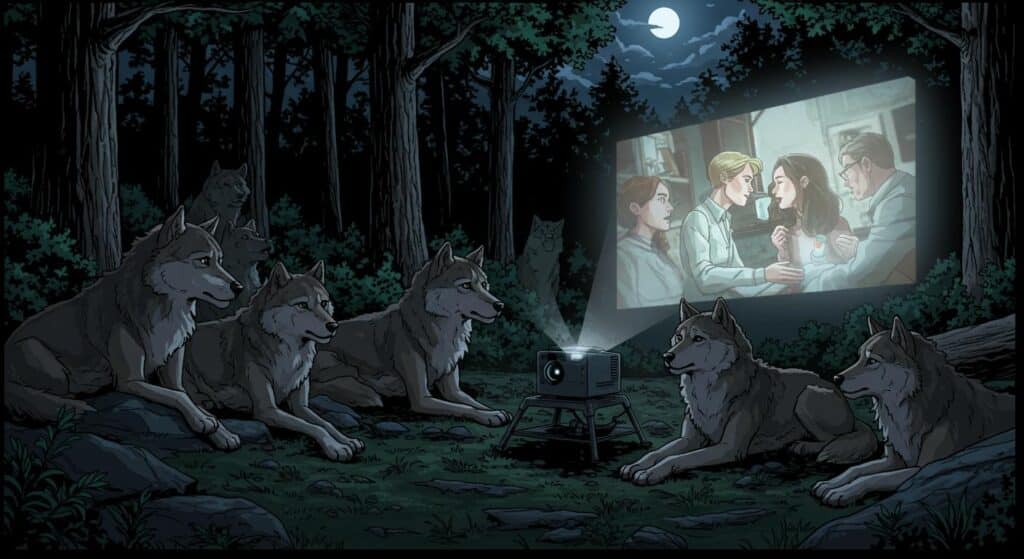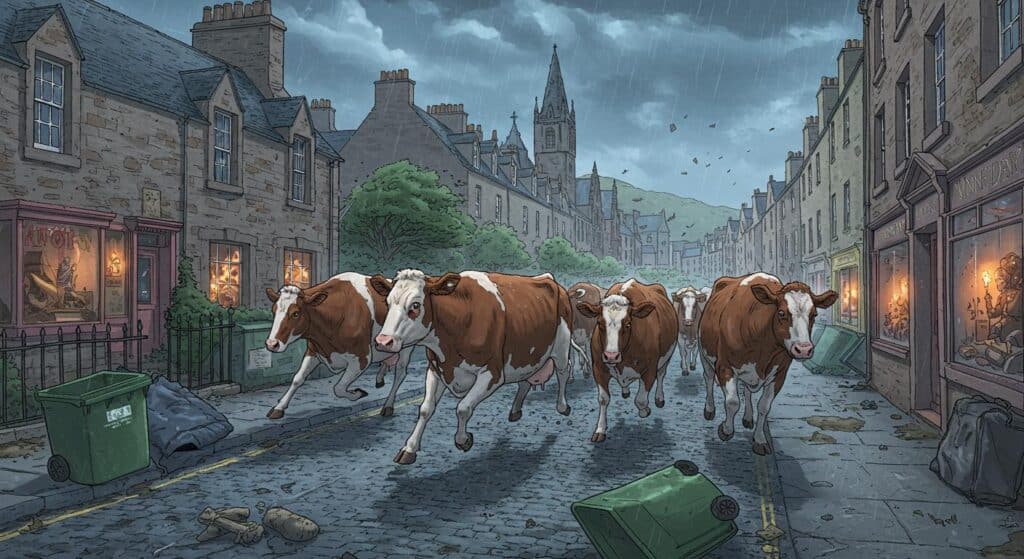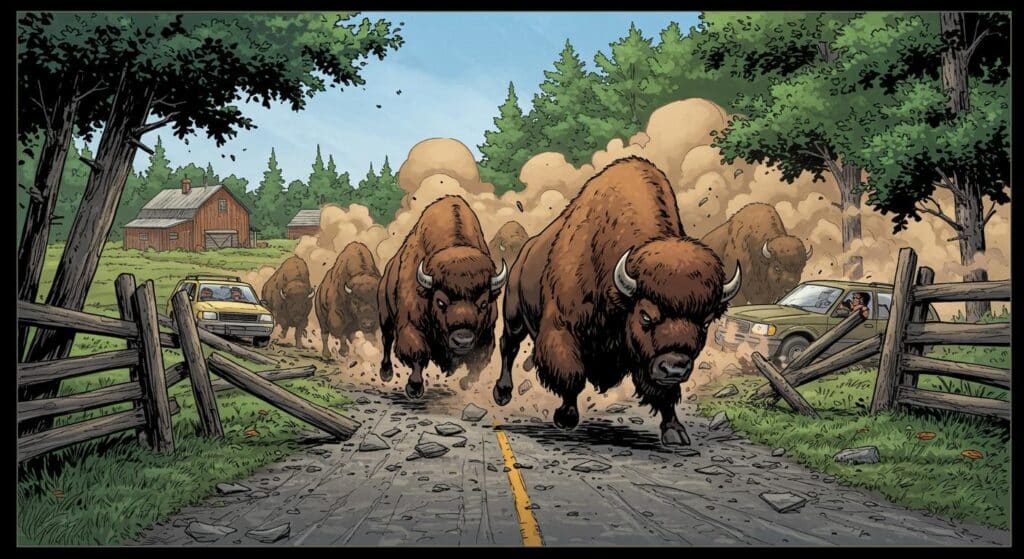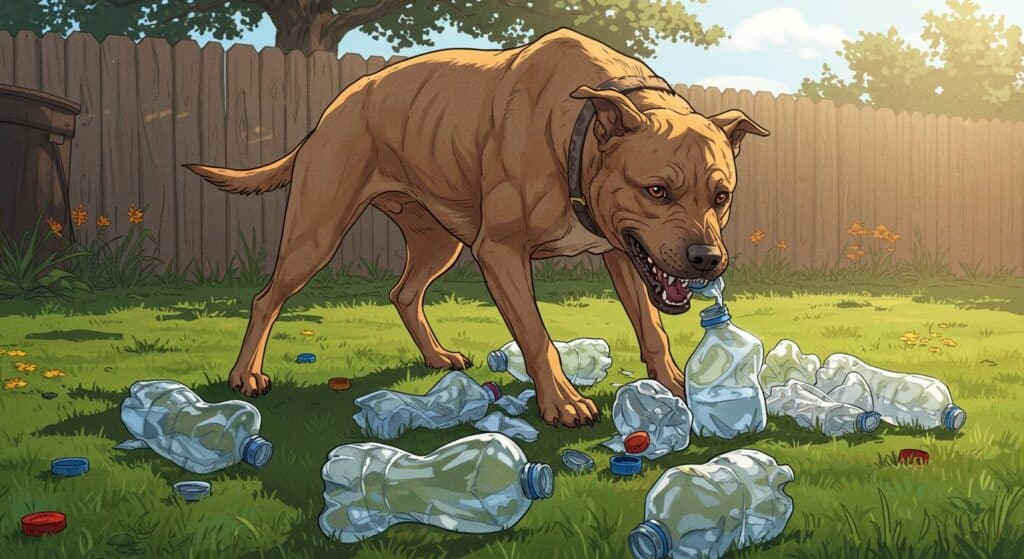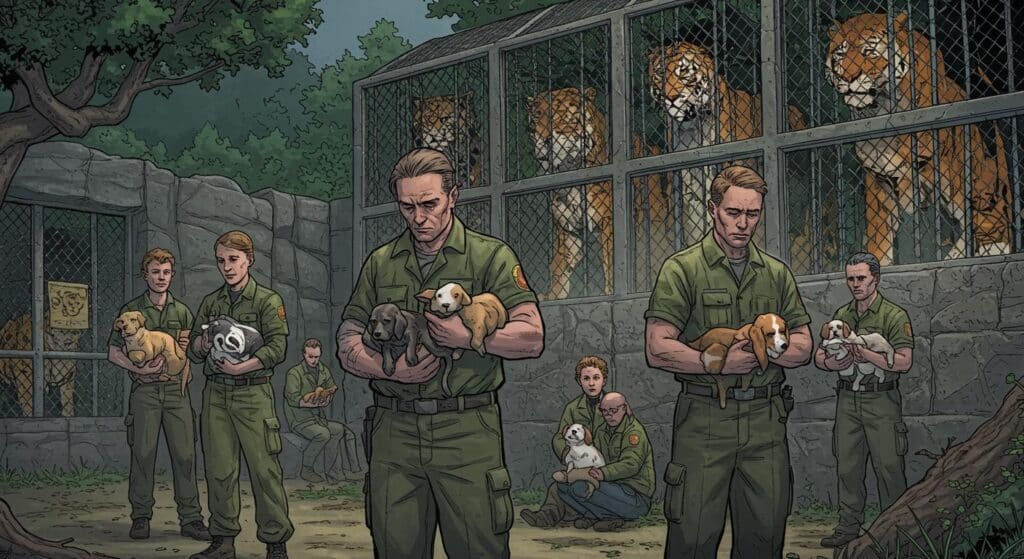There are headlines that force a double-take, and then there are those that make you wonder if you’ve accidentally wandered into a teleportation device set to “17th-century satire.” According to a NewsNationNow report, the Aalborg Zoo in northern Denmark has issued a public call for donations of small, healthy pets—not for rehoming, but as sustenance for their carnivorous residents. In the zoo’s own words, this is meant to “mimic the natural food chain of the animals housed there,” all for “animal welfare and professional integrity.” If you’re waiting for the punchline, this isn’t a sendup—just Denmark’s latest contribution to pragmatic transparency.
Feed the Wildcats—With Your Ex-Pets
In a Facebook post referenced by the outlet, zoo officials laid out the plan with a sort of utilitarian calm: animals like guinea pigs, rabbits, and chickens can be donated by those who, for “various reasons,” need to part ways with their pets. The process, the zoo assures, will involve “gentle euthanization” by trained staff before the animals join the food chain as predator fodder. Somewhat forthrightly, the call for donations features a photo of a wildcat mid-yawn—or possibly mid-appetizer-anticipation.
The reasoning runs along briskly Scandinavian lines. Rather than allow healthy small pets to go to waste, Aalborg’s staff argue, why not enhance predator enrichment and natural behaviors? “That way, nothing goes to waste,” officials reasoned in their online announcement, underscoring a commitment to ecological authenticity with the sort of understated logic that wouldn’t seem out of place in a minimalist furniture manual. Horses are on the donation wish list as well; how the gentle approach would translate for a Shetland pony was left to the imagination. Interestingly, the zoo’s list omits mention of cats, dogs, or more traditional companion animals, a silence that feels less like oversight and more like an implied “let’s not test the social contract.”
Ethics, Irony, and the Food Chain in a Facebook Post
Positioning this as a matter of animal welfare and best practices, Aalborg’s staff contend that their predators benefit from a more complex, varied diet—one closer to what they might encounter in the wild. The irony lingers: achieving “natural” behavior for captive lions apparently involves community crowdsourcing of surplus pets. As described by the NewsNationNow report, the donation system comes with unambiguous documentation and reassurances of staff training.
Efficiency is certainly achieved, even if it looks a little surreal through the window of sentiment. Imagine a procession of Danes—guinea pigs in hand, destination: the predator enclosure—with only a polite Facebook post distinguishing this arrangement from high satire. Cultural lines about acceptable food sources are blurry at the best of times, but when zoos offer to repurpose Mister Nibbles for “enrichment,” you have to wonder whether the boundaries of sustainability are stretching or simply fading in the rearview.
A Proposal as Practical as It Is Provocative
The public reaction could veer anywhere from pragmatic approval to shuddering incredulity: Is this truly more ethical than mass euthanasia and incineration of unwanted pets, or just a little too literal an interpretation of “full-circle life”? As highlighted in the reporting, Aalborg’s “open call” skirts some obvious sensitivities—no overt invitation for Fluffy or Rex, but a beguiling openness for the less cuddly set.
It’s unclear from the initial coverage how often zoos elsewhere have quietly engaged in similar practices, but Aalborg’s willingness to spell it out publicly seems distinctly Scandinavian in its matter-of-fact approach. In doing so, they haven’t just fed their predators—they’ve fed a broader conversation about where, exactly, most of us draw the line between practicality, sentiment, and stomach.
As for the wildcat starring in the post, it looks nothing short of delighted. Is this a glimpse at the future of urban animal recycling, or merely a peculiarly transparent Danish exercise in zoo management? Either way, some rabbits are about to experience a second act that’s as astonishing as it is abrupt.

